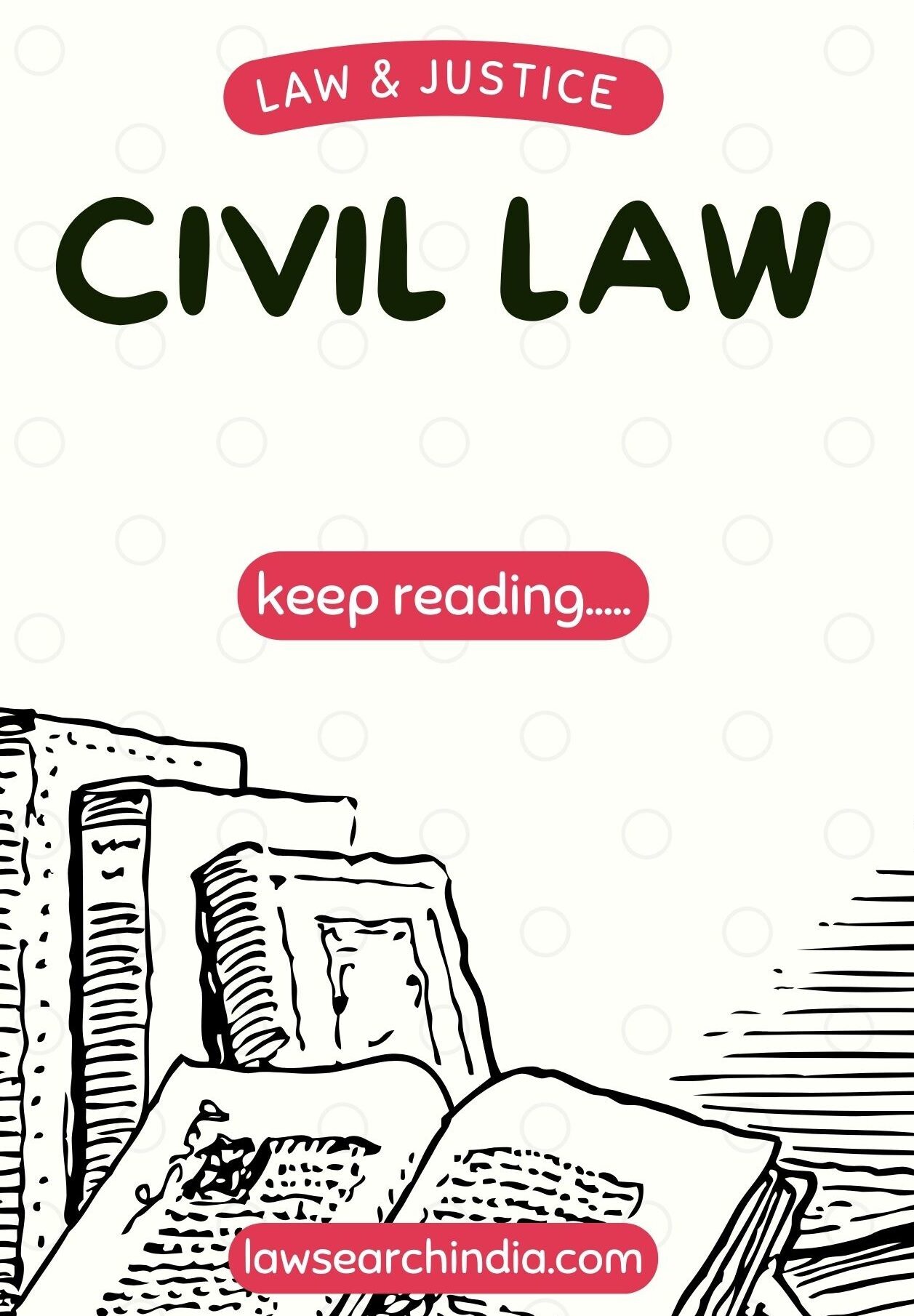Introduction:

A suit is instituted by presentation of plaint as per section 26 of Civil Procedure Code, 1908 for claim of any relief before a civil court. A plaint disclose the “cause of action” and a cause of action is those material facts based on which the claimant will establish their rights. The law says that that the plaint should be read as whole and no part of the same shall be read in isolation. Besides that, the court is empowered under Order 7 rule 11 for rejection of plaint at the threshold when plaint comes within any of the ground stipulated under above said provision. For the rejection of plaint court must take the entire plaint into consideration and not in parts there are several precedents wherein court established the said preposition.
Order 7 rule 14 of the CPC also stipulates that the documents relied upon by the plaintiff in the plaint should be read as the part of the plaint therefore for rejection of plaint court will delve into entire plaint including documents annexed moreover court can not look into written statement and application for rejection of plaint.
As stated by the supreme court in Dhaiben vs. Arvind Bhai AIR 2020 SC 3310 that order 7 rule 11 is a mandatory provision as the plaint “shall” be rejected if any of ground is made out.
The present blog is pertaining to the partial rejection of plaint, whether any party of the plaint can be read in isolation for the rejection of plaint.
Test for applicability of order 7 rule 11: Partial rejection:
Apex court in Dhaiben (supra) affirmed a test for the applicability of order 7 rule 11 for rejection of plaint is that if the averments made in plaint are taken in entirety in conjunction with the documents relied upon, would the same result into decree being passed or not.
…If on a meaningful reading of the plaint, it is found that the suit is manifestly vexatious and without any merit, and does not disclose a right to sue, the court would be justified in exercising the power under Order VII Rule 11 CPC. 12.9 The power under Order VII Rule 11 CPC may be exercised by the Court at any stage of the suit, either before registering the plaint, or after issuing summons to the defendant, or before conclusion of the trial,…
Liverpool & London S. P. & Assn. Ltd. vs. M. V. Sea Success (2004) 9 SCC 521:
In the said case court observed as under for the applicability of order 7 rule 11 and thereby rejection of plaint:
“Whether a plaint discloses a cause of action or not is essentially a question of fact. But whether it does or does not must be found out from reading the plaint itself. For the said purpose, the averments made in the plaint in their entirety must be held to be correct. The test is as to whether if the averments made in the plaint are taken to be correct in their entirety, a decree would be passed.”
Hardesh Ores (P) Ltd. vs. Hede & Co. (2007) 5 SCC 614: this case has also been referred by the Hon’ble apex court in several judgments wherein court opined that:
“ ….It is not permissible to cull out a sentence or a passage and to read it out of the context in isolation. Although it is the substance and not merely the form that has to be looked into, the pleading has to be construed as it stands without addition or subtraction of words or change of its apparent grammatical sense….”
Biswanath Banik vs. Sulanga Bose (2022) 7 SCC 731: In the said case court dealt with the issue that when can court reject the plaint on the ground that suit is bared by the limitation:
…whether the suit can be said to be barred by limitation or not, at this stage, what is required to be considered is the averments in the plaint. Only in a case where on the face of it, it is seen that the suit is barred by limitation, then and then only a plaint can be rejected under Order VII Rule 11(d) CPC on the ground of limitation. At this stage what is required to be considered is the averments in the plaint. For the aforesaid purpose, the Court has to consider and read the averments in the plaint as a whole….”
Ram Prakash Gupta vs. Rajiv Kumar Gupta (2007) 10 SCC 59:
“…While deciding the application under Order VII Rule 11, few lines or passage should not be read in isolation and the pleadings have to be read as a whole to ascertain its true import….”
Kum. Geetha D/O Late Krishna & ors. vs. NANJUDASWAMY & ors. 2023 SCC Online SC 1407: In the said case suit was concerning two properties and the plaint was rejected with regard to one property of the suit consequently not against the other property of the suit:
…. In view of the above referred principle, we have no hesitation in holding that the High Court committed an error in rejecting the plaint in part with respect to Schedule-A property and permitting the Plaintiffs to prosecute the case only with respect to Schedule-B property. This approach while considering an application under Order VII Rule 11, CPC is impermissible.” "(read case brief)"
In the aforesaid judgment court relied on Madhav Prasad Aggarwal v. Axis Bank Ltd. (2019) 7 SCC 158: In the said case plaint was rejected concerning certain defendants and carried further against rest of the defendants therefore the court held as under:
…relief of rejection of plaint in exercise of powers under Order 7 Rule 11(d) CPC cannot be pursued only in respect of one of the defendant(s). In other words, the plaint has to be rejected as a whole or not at all, in exercise of power under Order 7 Rule 11(d) CPC…. (read more)
